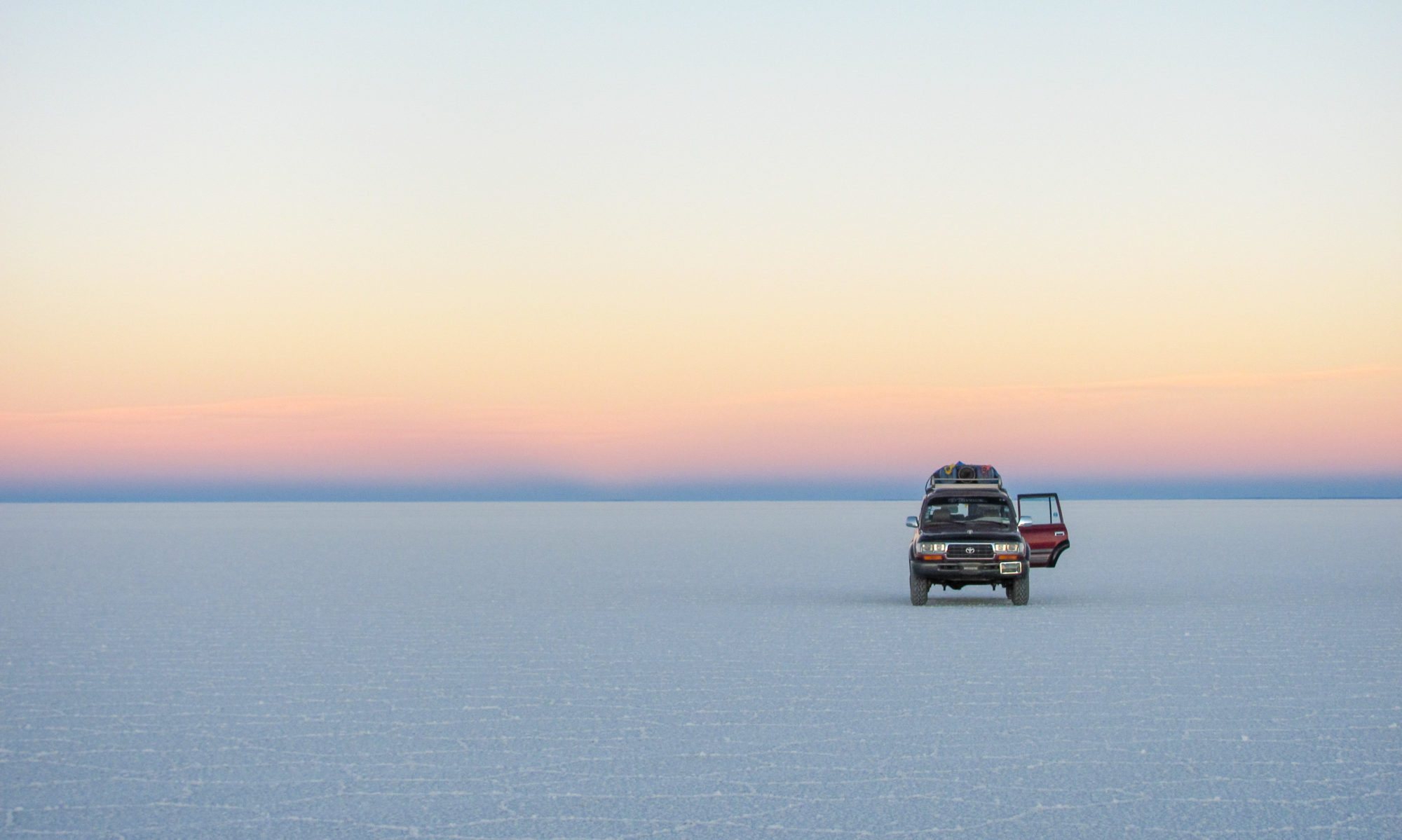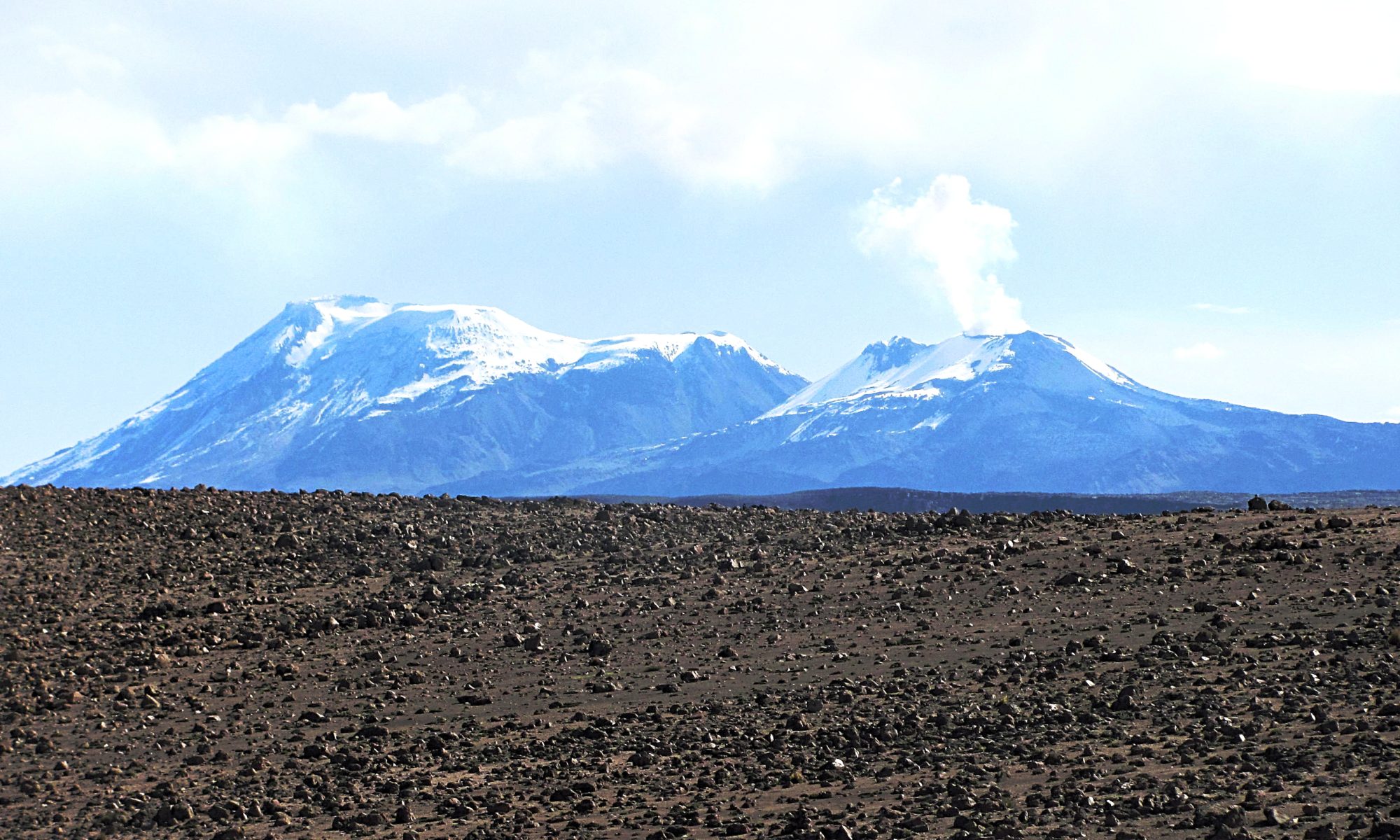You have undoubtedly heard stories from people getting altitude sickness when trekking in the Andes, or the Himalayas for that matter. They tell you about their mild headache or stomach cramps and inform you they got lucky because altitude sickness can actually be lethal. There are many stories and theories about altitude sickness and how to avoid it. Some true, some fairytales. I thought it would be good to explain altitude sickness in laymen terms to make sure you can go out into the mountains safely, without having to worry about stomach cramps. Or dying for that matter.
– What is altitude sickness? –
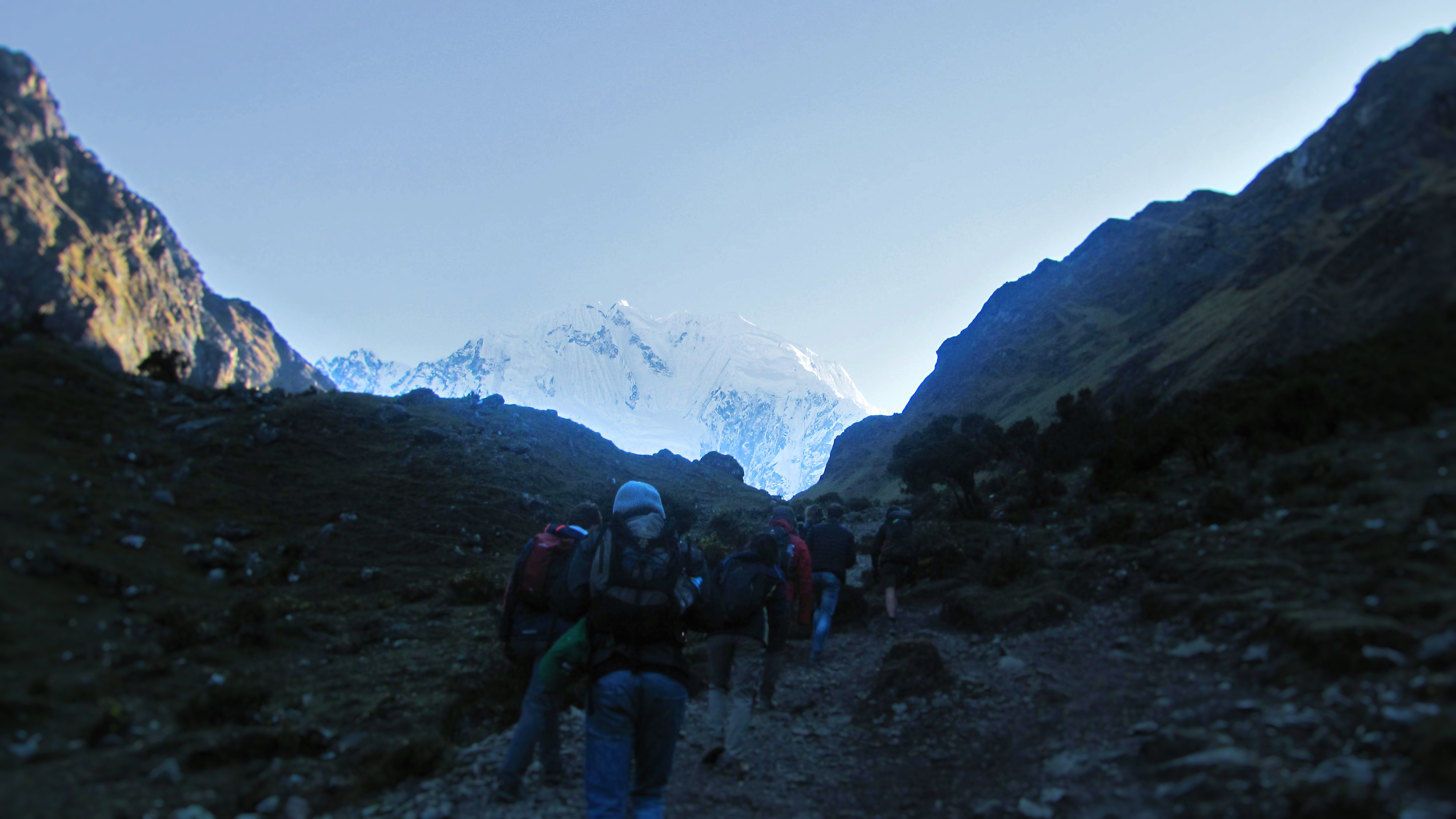
How it works
Acute Mountain Sickness (AMS), more commonly known as altitude sickness is simply put the negative health effect of a shortage of oxygen caused by the lower barometric pressure at higher altitudes compared to sea level. Too technical? Let me simplify. At higher altitudes, there is less oxygen available compared to what your body is used to. That means it needs to work harder to get enough oxygen, causing you to feel fatigued. Your body cannot, however, instantly take in more oxygen, which results in a slight deficit in oxygen in your body. As a consequence, you experience other symptoms like headaches and feeling nauseous. Symptoms generally start to show from an altitude of about 2500M (8000 feet) and above 4000M most people will feel some effects from the altitude. It does not matter how fit you are, it can happen to anyone.
If you suffer from severe oxygen deprivation in addition to AMS you can also get HAPE (High Altitude Pulmonary Edema) which is a build-up of fluids in your lungs. Yes, this is dangerous, yes it can even be lethal. Even more extreme is HACE (High Altitude Cerebral Edema) which is a build-up of fluids in the brain and about as dangerous as it sounds. Before you start worrying, unless you are extremely reckless it is highly unlikely that you will get either HAPE or HACE. Or even a severe case of AMS for that matter.
Symptoms
The most common symptoms are uncomfortable but unless they get severe, not very dangerous. Shortness of breath, sweaty palms and loss of appetite are all indicators that you are feeling the altitude, but this should not cause you to worry. As soon as you feel a strong headache coming up however you should start acting upon it. The best fix? Get to a lower altitude. If you cannot do so immediately, at least make sure you spend the night at an altitude significantly lower than the height you started experiencing the headaches. To sum it up, the symptoms include:
– shortness of breath
– feeling restless and unease
– thirst
– loss of appetite
– sweaty palms
– headaches
– nausea
– stomach cramps
– vomiting and diarrhoea
– How to avoid altitude sickness? –
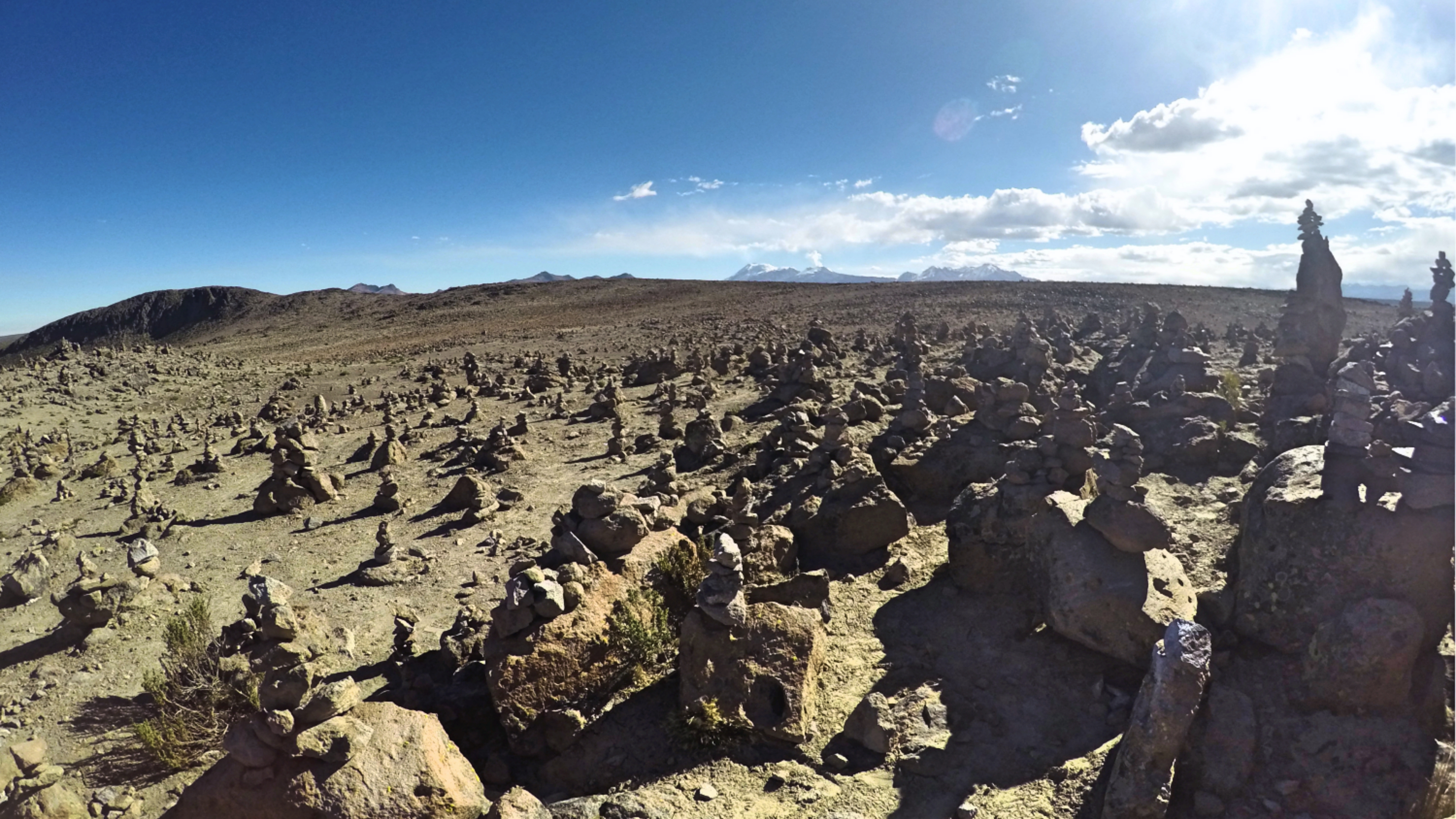
Acclimatize
I need to get a little scientific again to properly explain the reasons behind acclimatization. So you now understand that AMS is caused by a lack of oxygen. I told you that your body cannot instantly take in more oxygen. That is because oxygen is carried around in your body by red blood cells in your blood and you only have a limited amount of red blood cells available at a certain time. The good news, your body can adapt. Being exposed at slightly lower oxygen levels causes your body to make more red blood cells to cope with the deficit. This is exactly why you must acclimatize.
Acclimatizing means staying for a couple of days at an altitude of about 1500 – 2500 meters and taking it easy. By doing so you allow your body to increase the number of red blood cells in your blood so you can literally take in more oxygen at higher altitudes! Where to acclimatise in the Andes? Check out the table below.
| Arequipa, Peru | 2335M |
| Sacred Valley, Peru | 2000-3000M |
| Ayacucho, Peru | 2700M |
| Sucre, Bolivia | 2800M |
Creating more red blood cells costs your body a lot of energy, so it is best to take it easy while acclimatizing. Not only because your body is not used to the lower oxygen levels yet but also to maximise the efficiency and speed in which your body can increase its red blood cell count.
Get to a lower altitude
This sounds like a no-brainer. Avoid altitude-sickness by not staying at a high altitude. I mention it however because you can actually go to higher altitudes without proper acclimatization if you decent back within a couple of hours and spend the night at a lower altitude. If you are planning on summiting a mountain of 5500 meters, for example, you will probably be okay by acclimatising up to about 2500 meters, as long as you get back to that altitude after your summit on the same day.
Whenever you are experiencing symptoms, the only real remedy is also getting to lower altitudes. People might tell you, you can simply take altitude pills or chew on coca leaves but while this helps with the symptoms it does nothing to cure the problem itself.
Taking oxygen
If you are at extreme altitudes (6000M+) you might want to carry a small oxygen tank with you in case of emergencies. Another way to avoid altitude sickness is by sleeping in an oxygenated hotel room or by visiting an oxygen bar.
Hangovers at altitude
After having been out in the Peruvian Andes for over a month I thought I experienced the effects of altitude, that was until I went for a heavy night of drinking in La Paz, Bolivia at about 4000M in altitude. I woke up early in the morning because I felt out of breath. As soon as my eyes opened I felt a head-splitting headache – the worst hangover ever.
After a minute the feeling did not ease, and when I wanted to get out of bed I noticed I was barely able to get up at all! I slightly panicked and almost literally crawled to the reception desk of the hostel to ask for an ambulance because I was certain I was extremely sick. When I arrived at the reception they just laughed at me and ask whether this was the first time I had been drinking at higher altitudes? I nodded and they gave me directions to the closest oxygen bar. The moment I ordered an oxygen tank at the bar and took in the first gulp, I immediately felt as if a fat person that I had not noticed before got off my chest. I was able to breathe again. Oxygen bars – life-saving.
Most upper-class hotels in the Andes offer oxygenated rooms where oxygen is added to the atmosphere of your room. Sometimes even of the whole hotel. This is a quick fix. But it also stops your body from acclimatising. Meaning once you get out of your hotel, you will have a very hard time dealing with the altitude.
Coca leaves & medication
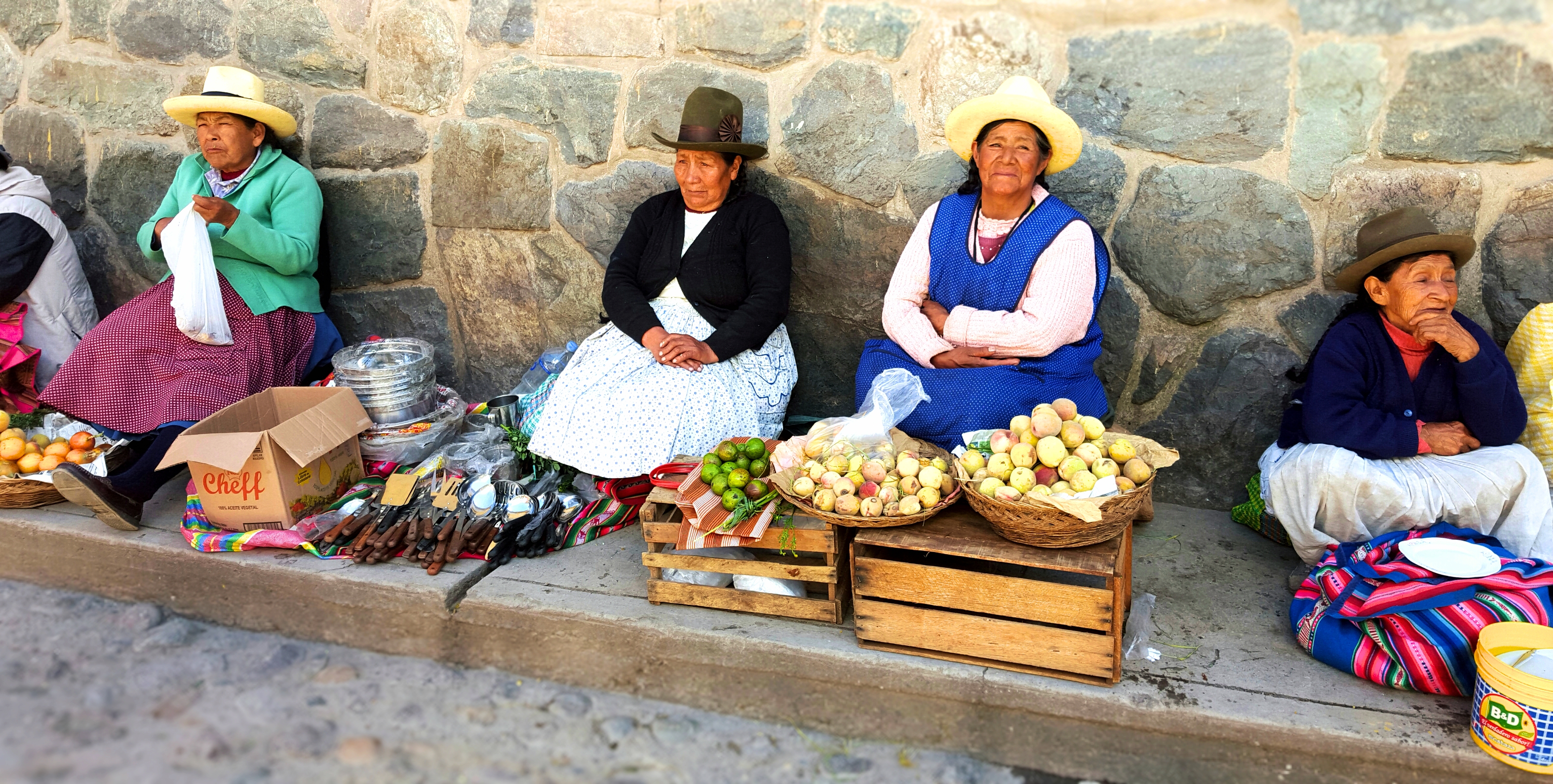
There are many forms of altitude sickness medication, the most common form being altitude pills. As far as I am aware these treat the symptoms of AMS but do nothing to help your body take in more oxygen. Using this kind of medicine can actually be dangerous. It can lead to you underestimating the effect the altitude is having on you because your symptoms are suppressed.
The same is true for coca leaves. Everybody in Peru, Bolivia and Ecuador swears by it. On every Andes-trek you will be offered coca-tea and your mountain guide will probably be chewing a mouthful of the leaves at any given moment during the day. The leaves, being the base product for cocaine, give you a slight buzz. This eases the symptoms but again, they do nothing to cure the problem. That does not mean, however, that you should not try the leaves;).
Preparing a trip to Peru or Bolivia? Check out my articles (by clicking the countries in the previous sentence) on both Andean destinations to help you prepare in the best possible way! Thought this article was helpful or totally disagree? Leave a comment below!
